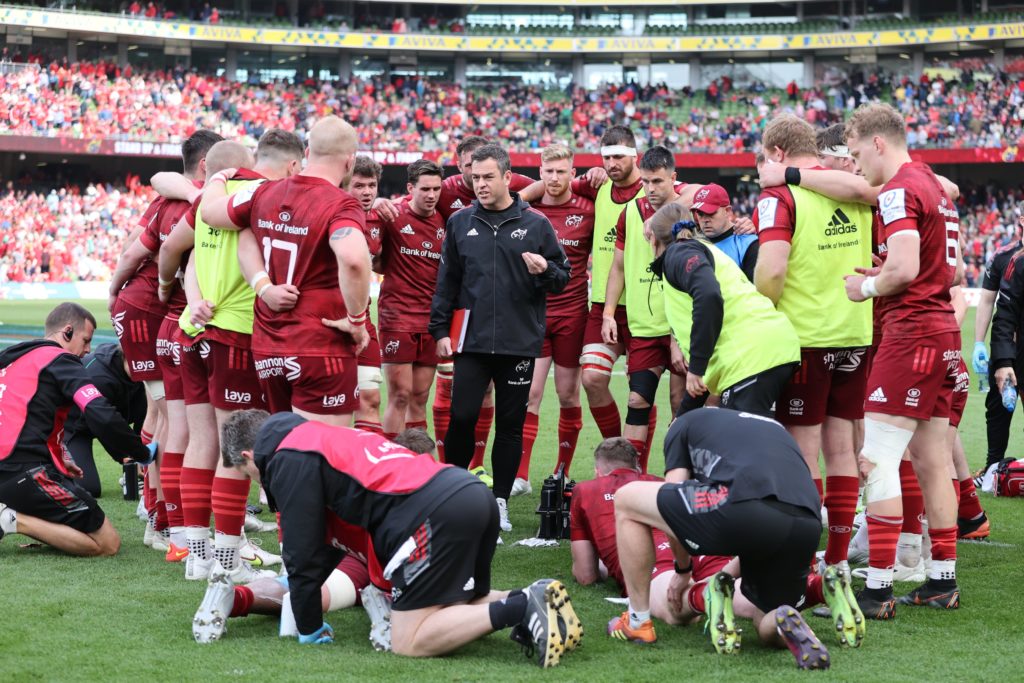Let attacking prowess decide the outcome of a crunch tie rather than relying on a dead-ball crapshoot, writes ZELIM NEL.
On a weekend that served as a great advertisement for European rugby, the Champions Cup tie-breaking mechanism that eliminated Munster left a bitter taste.
Toulouse fullback Thomas Ramos kicked a late penalty to level the scores at 24-24, and when his Munster counterpart Ben Healy pulled a potentially match-winning kick in the 80th minute, referee Luke Pearce signalled for extra time.
But two 10-minute halves ended scoreless and Pearce was left to officiate a rare penalty shootout. The Toulouse kickers had their sights calibrated, but a miss from Conor Murray and two failed attempts from Healy brought an abrupt end to Munster’s European campaign.
Social media was flooded with Irish fans bemoaning Munster’s cruel fate at the hands of a tie-breaking method that, while more satisfactory than a coin toss, has the look and feel of something transplanted from football.
Fans put forward alternatives that focused primarily on having the contest decided in more extended time, but this is not a practical solution in an era of sport controlled by the needs of broadcasters.
Another suggestion was to adopt a golden point, with the first team to score crowned the winner. This would incentivise both teams to play low-risk rugby on the opposite end of the field, and thus a high probability that the scoreboard would remain untouched.
So, what would be an equitable method of determining a winner in a way that showcases the best of rugby?
What if, instead of having the match decided by the goal-kickers, a deadlocked contest was settled by a set-piece shootout?
When the scores remain tied after extra time in a playoff, the winner could be decided with an exhibition of attacking rugby launched from a left scrum on the 22.
To apply it to the Dublin quarter-final: Pearce tosses a coin, awarding the winner the option to attack first or second.
Let’s say Jack O’Donoghue wins the toss and opts to strike first – Murray feeds the scrum on the 22 and the hosts rip into Toulouse with their best sequence to dent the scoreboard.
In this format, play continues until Munster score a try, kick a penalty or drop goal, concede a turnover or transgress the laws – this means the attack is over if the ball goes into touch or a pass is intercepted.
A penalty won by the attacking team results in the strike being reset with a scrum on the five-metre line, or a shot at goal, and a subsequent penalty leads to an automatic penalty try.
If Munster cross the line with their first strike, Toulouse gets a chance to better the score for the win, or at least match it to force a second attempt for both teams. If Toulouse’s first strike fails to meet these requirements, Munster win.
So, if Damian de Allende scored in the corner but the conversion sailed wide, Toulouse on their first strike would have to score at least five points to avoid defeat, or a converted try for the win.
With this system, the match is decided in the familiar context of a try- and-conversion attempt precipitated by the efforts of all 15 players on the field. While no defeat is easy to digest, being beaten by a successful scrum strike is far more palatable than the season ending after a sterile penalty shootout.





